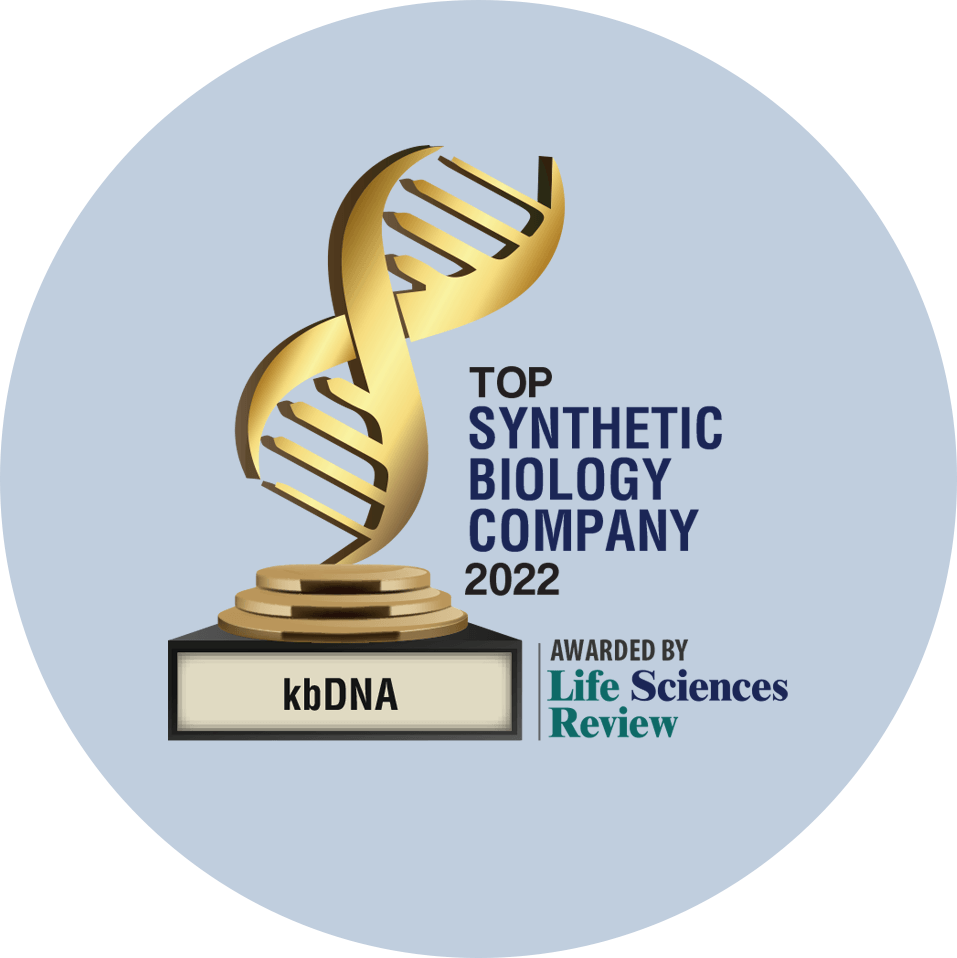Active site (1); Alternative sequence (1); Beta strand (21); Binding site (7); Chain (1); Cross-link (1); Disulfide bond (2); Domain (3); Glycosylation (5); Helix (19); Modified residue (11); Mutagenesis (17); Natural variant (4); Nucleotide binding (1); Region (3); Sequence conflict (12); Turn (2),N/A,N/A,Expressed in prostate cancer and levels increase from the normal to the malignant state (at protein level). Expressed in all human cell types so far analyzed. The Tyr-176 phosphorylated form shows a significant increase in expression in breast cancers during the progressive stages i.e. normal to hyperplasia (ADH), ductal carcinoma in situ (DCIS), invasive ductal carcinoma (IDC) and lymph node metastatic (LNMM) stages. {ECO:0000269|PubMed:1718748, ECO:0000269|PubMed:17932490, ECO:0000269|PubMed:20333297}.,H(+) [CHEBI:15378]; ATP [CHEBI:30616]; O-phospho-L-threonine residue [CHEBI:61977]; O-phospho-L-serine residue [CHEBI:83421]; L-threonine residue [CHEBI:30013]; ADP [CHEBI:456216]; L-serine residue [CHEBI:29999],H(+) [CHEBI:15378]; ATP [CHEBI:30616]; O-phospho-L-threonine residue [CHEBI:61977]; O-phospho-L-serine residue [CHEBI:83421]; L-threonine residue [CHEBI:30013]; ADP [CHEBI:456216]; L-serine residue [CHEBI:29999],N/A,Breast cancer (BC) [MIM:114480]: A common malignancy originating from breast epithelial tissue. Breast neoplasms can be distinguished by their histologic pattern. Invasive ductal carcinoma is by far the most common type. Breast cancer is etiologically and genetically heterogeneous. Important genetic factors have been indicated by familial occurrence and bilateral involvement. Mutations at more than one locus can be involved in different families or even in the same case. {ECO:0000269|PubMed:17611497}. Note=Disease susceptibility is associated with variations affecting the gene represented in this entry.; Colorectal cancer (CRC) [MIM:114500]: A complex disease characterized by malignant lesions arising from the inner wall of the large intestine (the colon) and the rectum. Genetic alterations are often associated with progression from premalignant lesion (adenoma) to invasive adenocarcinoma. Risk factors for cancer of the colon and rectum include colon polyps, long-standing ulcerative colitis, and genetic family history. Note=The gene represented in this entry may be involved in disease pathogenesis.; Note=Genetic variations in AKT1 may play a role in susceptibility to ovarian cancer.; Proteus syndrome (PROTEUSS) [MIM:176920]: A highly variable, severe disorder of asymmetric and disproportionate overgrowth of body parts, connective tissue nevi, epidermal nevi, dysregulated adipose tissue, and vascular malformations. Many features of Proteus syndrome overlap with other overgrowth syndromes. {ECO:0000269|PubMed:18954143, ECO:0000269|PubMed:21793738}. Note=The disease is caused by mutations affecting the gene represented in this entry.; Cowden syndrome 6 (CWS6) [MIM:615109]: A form of Cowden syndrome, a hamartomatous polyposis syndrome with age-related penetrance. Cowden syndrome is characterized by hamartomatous lesions affecting derivatives of ectodermal, mesodermal and endodermal layers, macrocephaly, facial trichilemmomas (benign tumors of the hair follicle infundibulum), acral keratoses, papillomatous papules, and elevated risk for development of several types of malignancy, particularly breast carcinoma in women and thyroid carcinoma in both men and women. Colon cancer and renal cell carcinoma have also been reported. Hamartomas can be found in virtually every organ, but most commonly in the skin, gastrointestinal tract, breast and thyroid. {ECO:0000269|PubMed:23246288}. Note=The disease is caused by mutations affecting the gene represented in this entry.



